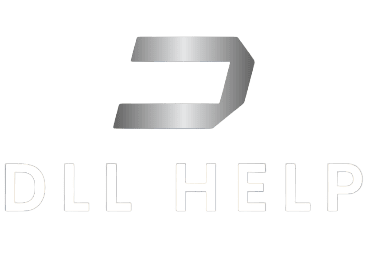1. Core Functionality and Role of ‘ep0lvrag.dll’
‘ep0lvrag.dll’ is a dynamic-link library (DLL) file that plays a crucial role in the functioning of software applications and operating systems. This file is designed to provide essential functionalities and services to the programs that it is linked to. The DLL file contains code and data that can be used by multiple programs simultaneously without the need for duplicating the code, thus promoting code reuse and reducing the overall disk space and memory usage.
The significance of ‘ep0lvrag.dll’ lies in its ability to encapsulate important functionalities, such as handling input/output operations, providing access to system resources, and offering services like encryption or decryption. This modular approach allows software developers to create more efficient and maintainable applications by leveraging the services provided by ‘ep0lvrag.dll’. In essence, the DLL file acts as a shared library of functions and resources that can be accessed by multiple applications, thereby promoting code efficiency, modularity, and ease of maintenance.
2. Core Functionalities and Integration Aspects
‘ep0lvrag.dll’ offers a range of core functionalities, including but not limited to data processing, file and registry operations, system services, and access to hardware devices. The integration aspects of ‘ep0lvrag.dll’ involve its seamless incorporation into various software applications and operating systems. It serves as a bridge between the application and the underlying system, providing a standardized interface for accessing system services and resources.
In terms of compatibility, ‘ep0lvrag.dll’ is designed to work across different system architectures and Windows versions. It is crucial for software developers to ensure that the DLL file is compatible with both 32-bit (x32) and 64-bit (x64) systems to ensure broad deployment compatibility. Additionally, ‘ep0lvrag.dll’ must be tested and verified for compatibility with various Windows versions, including Windows 7, Windows 10, and Windows 11, to ensure seamless operation across different operating environments.
3. Common Issues and Resolutions
Common issues encountered with ‘ep0lvrag.dll’ may include ‘file not found’, ‘missing file’, and compatibility issues with 32-bit and 64-bit systems. The location of the ‘ep0lvrag.dll’ file may vary depending on the Windows version. For example, on Windows 7, the default location might be C:WindowsSystem32, while on Windows 10 and 11, it could be C:WindowsSystem32 or C:WindowsSysWOW64 for 32-bit and 64-bit versions respectively.
To address these issues, users can perform troubleshooting steps such as verifying the presence of the DLL file in the correct directory, ensuring that the file version is compatible with the system architecture, and downloading the file from reputable sources. It is imperative to obtain the correct version of ‘ep0lvrag.dll’ that is specifically built for the target system architecture and Windows version to prevent compatibility issues and ensure smooth operation of the associated software.
4. Managing ‘ep0lvrag.dll’ Effectively
Managing ‘ep0lvrag.dll’ effectively involves ensuring compatibility with the target system architecture and the specific Windows version. It is also crucial to use reputable sources for downloading the DLL file to avoid potential security risks and compatibility issues. Regularly updating the DLL file to the latest version, if available, can also contribute to the efficient operation of software applications and the overall stability of the system.
Download EP0LVRAG.DLL for free
- Size: 70.50 KB
